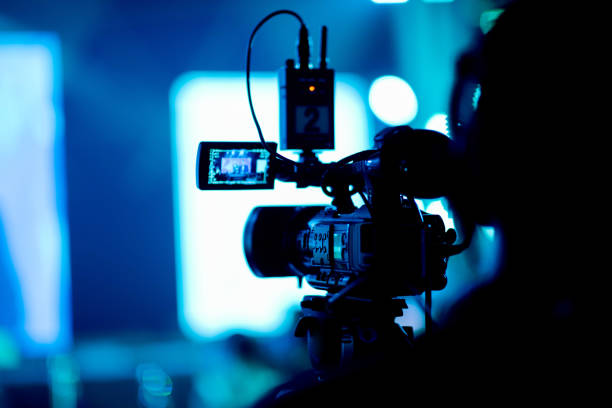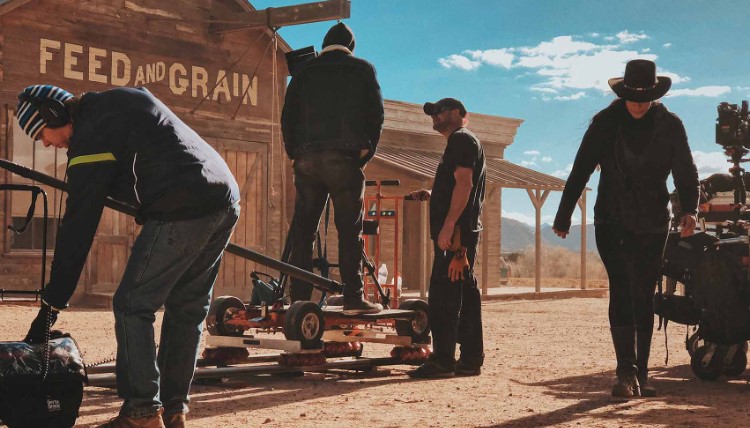
The film industry is a fascinating world filled with creativity and innovation, but behind the scenes, there’s a lot of work that goes into moving film sets from one location to another. Whether it’s a small independent production or a big-budget blockbuster, the logistics of transporting sets can be complex. Professional movers play a crucial role in assisting the film industry with the transportation of sets for every shooting location. Their expertise in logistics, transportation, and handling delicate equipment ensures a smooth and efficient process.
Hiring Professional Movers
Professional movers like Cornwall movers have the necessary resources, such as specialized vehicles and equipment, to safely transport bulky props, intricate set pieces, and sensitive technology to various destinations. Additionally, their experience in coordinating complex moves and navigating potential challenges, such as navigating tight deadlines or unexpected weather conditions, is invaluable to production teams.
By partnering with professional movers, the film industry can streamline the set transportation process, allowing filmmakers to focus on their creative vision while ensuring that sets arrive on time and intact, regardless of the location. Here’s a glimpse into how the film industry moves its sets:
Planning and Coordination
Moving a film set requires meticulous planning and coordination. Location scouts must scour various landscapes to find the perfect backdrop for the story, taking into account factors such as accessibility, permits, and the overall aesthetic vision of the production. Once a location is chosen, production teams work closely with transportation companies to develop a comprehensive plan for moving the set equipment, props, and crew. This involves considering the logistics of transportation, scheduling, and ensuring all necessary permits and permissions are in place.
Logistics and Manpower
The logistics of moving a film set can be daunting and multifaceted. It often involves transporting bulky and delicate equipment, such as lighting rigs, cameras, and intricate props, sometimes across vast distances. This requires specialized vehicles equipped with the necessary features to ensure the safe transportation of these items. Additionally, skilled personnel are crucial to oversee the loading, unloading, and transportation process, ensuring that everything arrives at the destination intact and on schedule. The manpower involved in these operations is considerable, with production crews working tirelessly to set up and dismantle sets efficiently, often under tight deadlines.
Challenges and Solutions
Despite meticulous planning, moving film sets can encounter numerous challenges along the way. Inclement weather, traffic delays, and last-minute changes to filming schedules are just a few examples of the hurdles that production teams may face. However, experienced professionals within the industry are adept at finding creative solutions to overcome these challenges. This may involve adjusting filming locations to accommodate unexpected circumstances, rescheduling shoots to optimize time, or improvising with available resources to ensure the continuity of the production process.
Anecdotes from Popular Films
Throughout the history of cinema, there have been countless anecdotes related to the movement of film sets. From elaborate sets constructed in remote and challenging locations to iconic props that have become synonymous with classic movies, these stories offer a fascinating glimpse into the behind-the-scenes world of filmmaking. Whether it’s the meticulous planning of a period drama set in a historical city or the high-octane action sequences of a blockbuster filmed in multiple countries, the process of moving film sets plays a crucial role in bringing cinematic visions to life.
READ ALSO: Cinematic Journeys: Exploring the World Through Films and the Art of Suitcase Selection
Conclusion
In conclusion, the process of moving film sets is a multifaceted and essential aspect of film production. It involves meticulous planning, coordination, and the adept management of logistics and manpower. Despite the challenges that may arise, the dedication and creativity of professionals within the industry ensure that productions can adapt and thrive in diverse environments. Ultimately, it is these collective efforts that contribute to the magic and allure of cinema, captivating audiences worldwide.



